Looking back at the headphone jack: More than a century old and slowly disappearing on smartphones
The 3.5mm headphone jack is a dying port - most smartphone manufacturers are gradually giving up on it, especially on high-end devices.But the headphone jack carries a story that deserves to be told, the jack has existed almost as long as the phone itself, its original use was in 19th-century switchboards, when the Directly connect the call manually.They need a way to easily create and disconnect the audio carrier.
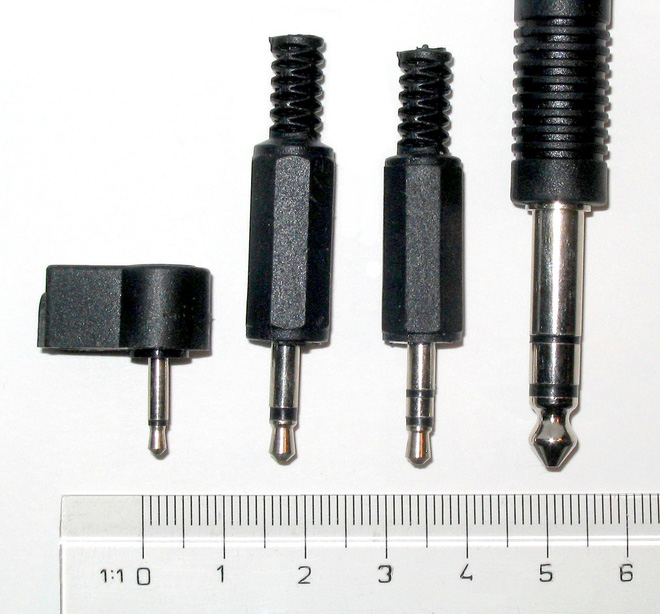
This jack has many different sizes, not just 3.5mm.The jack in the 19th century has a size of 6.35mm.
Headphone jack continues to be popular thanks to Sony Walkman.Sony's music device revolutionized the mobile audio world, and the Walkman (along with many other portable CD players later) made the 3.5mm jack popular among users.
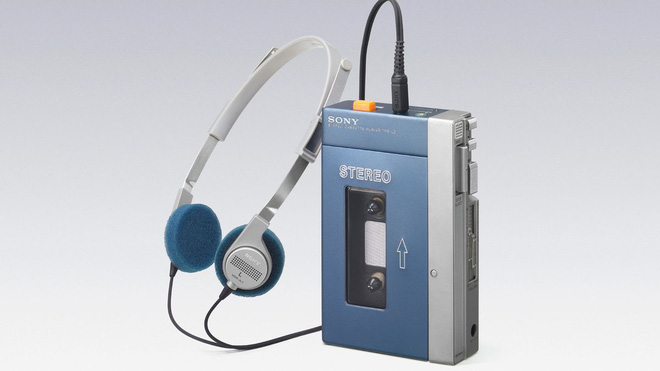
Sony Walkman
2.5mm 'miniature jacks' were in use for a few years in the 2000s, but because the 3.5mm format was more popular with consumer electronics, 3.5mm won in the end.
There is another challenge for the 3.5mm jack - the USB port.T-Mobile G1 (aka HTC Dream), the first Android phone, came with a headset connected to the miniUSB port on the phone.That's not the only model, many HTC models have used the 'ExtUSB' port (which has extra pins and supports audio output).
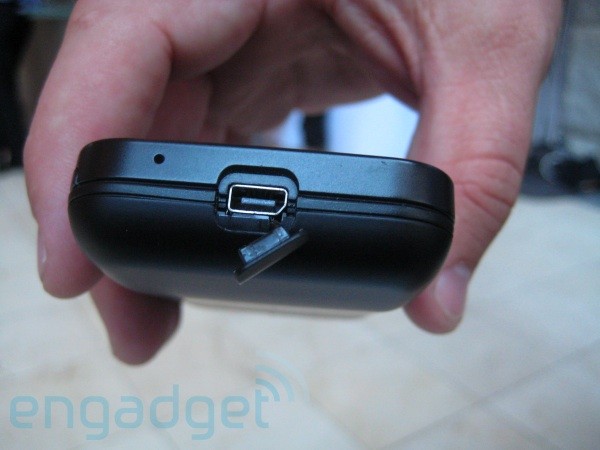
USB Ext port on HTC
At first, the jack only supported mono audio, but quickly supported the stereo standard.The head of the headphone jack is called the TRS - Tip, Ring, Sleeve (Pointed tip, circuit and leg).

TRS works fine on Walkman devices, which don't have a microphone.Phones that need microphones to make calls and solve have to be very simple - add a second loop, forming the TRRS connector.
TRRS itself is also divided into two standards: OMTP and CTIA.OMTP is used on some older phones of Nokia, Samsung and Sony Ericsson.Apple, HTC, LG and others (including newer Nokia and Samsung phones), use CTIA.

Volume up and down buttons on inline remote control
The headphone jack in CTIA and OMTP standards looks the same, all have 3 bars on the top of the jack.But the position of the two middle rings of these two standards is opposite.These additional connections are also used for volume up and down buttons on the inline remote.However, you must purchase a compatible headset with your phone if you want the mic button and volume to work.
Some Sony phones come with custom TRRRS jacks.The third round allows the company to add an extra microphone, which allows to eliminate noise.The phone handles the necessary processes, so the headset itself doesn't need a battery.This makes them lighter and more comfortable to use.
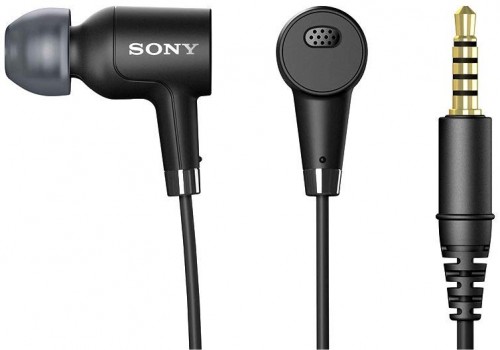
FM radios are also something that requires headphones to be used - they not only help with listening, but also act as antena to receive reception.Later, some phones, like the Nokia X2, built-in an antena, so there was no need for headphones to listen to FM radio anymore.Today, many smartphones do not even have FM Radio.
The USB port has tried and failed to kill the 3.5mm jack, but now USB again wants to topple the headphone jack with USB-C connectivity and Apple has removed the 3.5mm jack with Lighting port and desired users switch to using a Bluetooth headset.
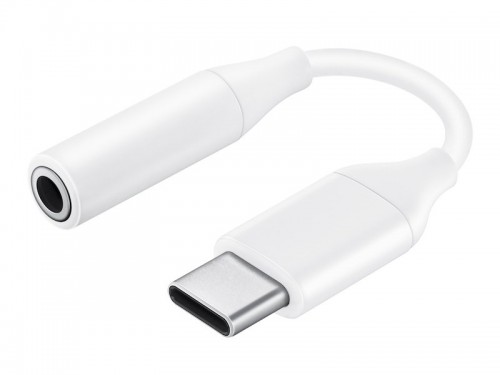
Apple is not the first to 'kill' 3.5mm jack on smartphones, but it is the most influential. After iPhone 7 without 3.5mm jack, a series of other smartphone companies have removed this connector jack, especially On high-end products, USB-C and wireless headsets are replacements for the 3.5mm jack.
However, despite being 'abandoned' by manufacturers, the 3.5mm jack is still popular with users because it is said to be of higher quality and is important for compatibility with nearly every headphone produced in the 70s. past year.
The headphone jack is a small connector, but it has a long history and greatly supports the development of technology.
Reference: GSMArena
You should read it
- What to look for when buying an old Android phone?
- Nokia 400, the first 'brick' Android phone in the world
- How to change DNS on Android phones
- Ranking the 10 most quirky Android phones in history
- How to use an Android phone as an IP webcam
- How to download Tik Tok for iPhone and Android phones
- Google stopped working with Huawei, the phone will not be updated Android, YouTube and Gmail cannot be accessed
- How to schedule Android phones to work automatically
May be interested
- Impressive sentences of Jack Ma with Vietnamese students
 learn from the failure of others and not learn words successfully, jack ma shared with hanoi students on july 10, 2017.
learn from the failure of others and not learn words successfully, jack ma shared with hanoi students on july 10, 2017. - To succeed, learn the talking techniques like Jack Ma
 perhaps any reader would wonder why jack ma's talks attracted so many listeners. of course not just because he is a billionaire.
perhaps any reader would wonder why jack ma's talks attracted so many listeners. of course not just because he is a billionaire. - Jack Ma: Never sell goods to relatives and relatives
 jack ma once said that there will always be people who don't care about the cost, the time and the effort you've spent. they would rather let themselves be deceived, scrapped from themselves than support those they know.
jack ma once said that there will always be people who don't care about the cost, the time and the effort you've spent. they would rather let themselves be deceived, scrapped from themselves than support those they know. - How to Use Headphones on iPhone 7
 although apple's iphone 7 no longer has the traditional 3.5mm headphone jack, users still have a number of different headphone options. you can plug apple's own headphones into your phone's charging port, or buy a digital-to-analog converter (dac) to use with standard headphones.
although apple's iphone 7 no longer has the traditional 3.5mm headphone jack, users still have a number of different headphone options. you can plug apple's own headphones into your phone's charging port, or buy a digital-to-analog converter (dac) to use with standard headphones. - Watch the video Jack Ma defeated 11 martial arts masters from Wing Chun of Diep Man to Muay Thai
 shortly after visiting vietnam, billionaire jack ma launched a martial arts film called cong dao. in the film there are many majestic martial arts scenes, beautiful when jack ma billion martial arts with many high martial arts players played by li lien and donnie yen.
shortly after visiting vietnam, billionaire jack ma launched a martial arts film called cong dao. in the film there are many majestic martial arts scenes, beautiful when jack ma billion martial arts with many high martial arts players played by li lien and donnie yen. - Seven of Jack Ma's failures and 7 extremely valuable lessons
 jack ma - the owner of china's leading e-commerce group this year is 51 years old and owns a fortune of up to 23.3 billion usd, each implementing ipo (initial public offering). them) worth $ 150 billion. however, jack ma used to be a teacher of english with an amount of about 12 usd / month.
jack ma - the owner of china's leading e-commerce group this year is 51 years old and owns a fortune of up to 23.3 billion usd, each implementing ipo (initial public offering). them) worth $ 150 billion. however, jack ma used to be a teacher of english with an amount of about 12 usd / month. - Jack Ma: 'Don't do things like AlphaGo'
 alibaba chairman has good reasons to think so. this is jack ma's view of alpha go.
alibaba chairman has good reasons to think so. this is jack ma's view of alpha go. - CEO Jack Ma: The time of poverty is great
 ceo alibaba, jack ma, the richest man in china, but, rich is not all, he said that the period of working after graduating from university with new salary is the happiest time.
ceo alibaba, jack ma, the richest man in china, but, rich is not all, he said that the period of working after graduating from university with new salary is the happiest time. - All things about Jack Ma - Billionaire admires the whole world
 alibaba owner jack ma - ma van, has failed many times before setting up alibaba, likes long tinh tea and singing in company events ... jack is currently the second richest asian as well as china owns assets worth 41.8 billion usd (as of early 2017).
alibaba owner jack ma - ma van, has failed many times before setting up alibaba, likes long tinh tea and singing in company events ... jack is currently the second richest asian as well as china owns assets worth 41.8 billion usd (as of early 2017). - How to Use Jack Stands
 while you can replace a tire just using a car jack, you should use jack stands when doing any work underneath your vehicle. jack stands provide a sturdier base and support the weight of your vehicle easily. when using jack stands, make...
while you can replace a tire just using a car jack, you should use jack stands when doing any work underneath your vehicle. jack stands provide a sturdier base and support the weight of your vehicle easily. when using jack stands, make...










 Xiaomi surpasses Huawei to become the world's third largest smartphone manufacturer
Xiaomi surpasses Huawei to become the world's third largest smartphone manufacturer Supply is scarce, Apple only allows users to buy up to 2 iPhones, iPads at the same time
Supply is scarce, Apple only allows users to buy up to 2 iPhones, iPads at the same time OPPO Find X2: Display, performance, and super-fast charging create 'super products'
OPPO Find X2: Display, performance, and super-fast charging create 'super products' How to change the vibration level and type on Galaxy S20
How to change the vibration level and type on Galaxy S20 The Galaxy Note 20, Galaxy Fold 2 and a mysterious Samsung device are revealed in the kernel kernel source code
The Galaxy Note 20, Galaxy Fold 2 and a mysterious Samsung device are revealed in the kernel kernel source code